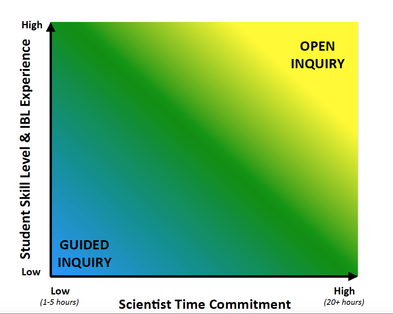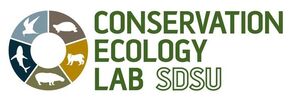A new study led by former Lewison Lab masters student Dr. Lisa Komoroske and her colleagues from UC Davis participated in an NSF-funded education program CAMEOS at the Bodega Marine Lab and share their insights on how scientists can involve themselves with teaching opportunities and how to maximize their efforts in the classroom.
The article explores the obstacles that impede scientists’ involvement in K-12 education: finding time to step away from research, lack of experience in collaborating with grade school educators, and an undervaluation of outreach in academic culture. The NSF has been promoting a cultural shift by requiring broader impacts in grant funding and offering training and incentives to potential teachers. Scientists can also use their experience in the classroom to write publishable papers about education. Despite the challenges, scientist participation in K-12 education can make a research career more fulfilling while promoting critical thinking in the next generation of scientists.


 RSS Feed
RSS Feed
